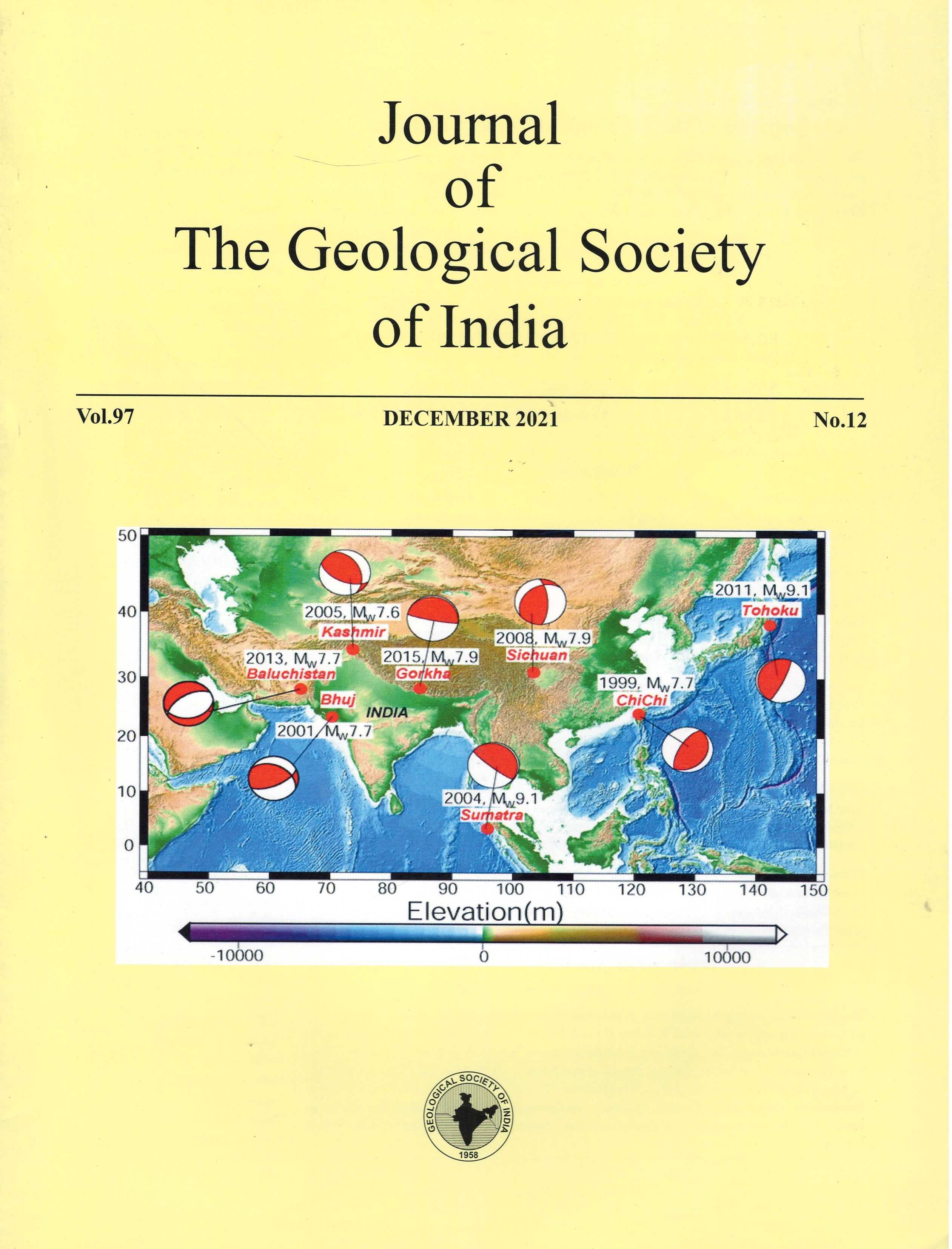Seismic Hazard Assessment for Nuclear Power Plants: How to Cope with Rare Events?
DOI:
https://doi.org/10.1007/s12594-021-1905-xKeywords:
No keywords.Abstract
Nuclear power plants (NPP) play increasing role in power supply worldwide. To meet demands of the human society, the NPPs have to be built where the energy is required, including seismoactive regions. Therefore, the safety issues related to reliable assessment of earthquake hazard are crucial. The basic concept of seismic hazard assessment is that the seismic regime is stable, i.e. the prediction of future hazard is defined by the past observations. As a consequence, huge efforts are spent to get seismic history as long as possible. Palaeoearthquake studies can provide information on past earthquakes occurred 15,000 - 20,000 years before present. But for such time-intervals, the basic concept might be wrong, at least for certain regions. For example, for regions where earthquakes in the past were generated due to post-glacial processes - the geodynamic situation there today is different now. So, the time-arrow of geodynamic evolution has to be somehow incorporated in hazard assessment.
In hazard assessment very rare occurrences are taken into account now: such as having 10-5 or 10-6 annual frequencies of occurrence (return period 100,000 - 1,000,000 years). This demands very accurate interpretation of the nature of past seismic event. In the paper, some examples are given when effects similar to earthquakes can be caused by other natural phenomena.

 Ruben Tatevossian
Ruben Tatevossian






